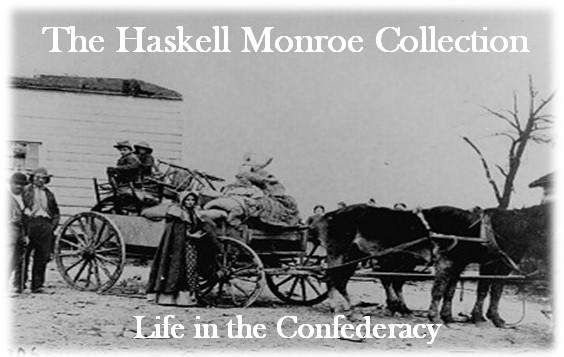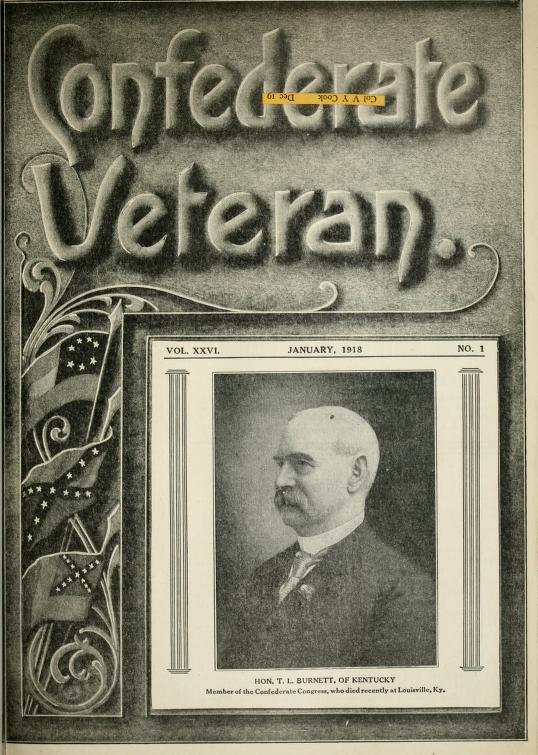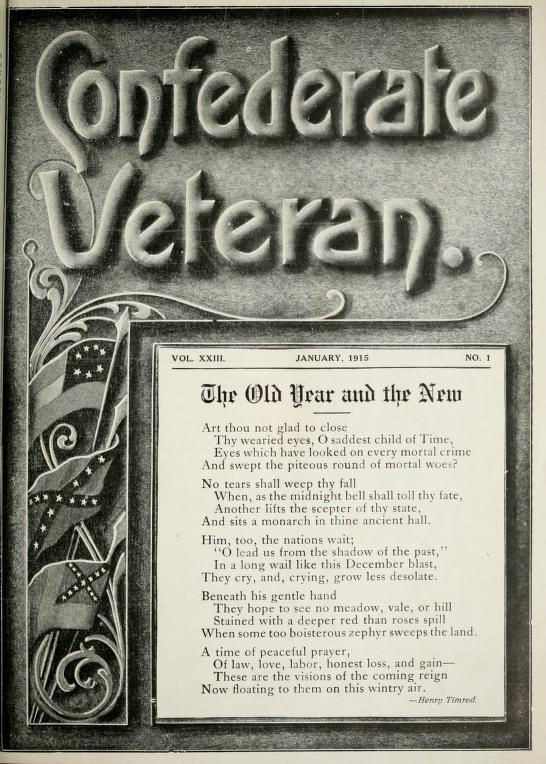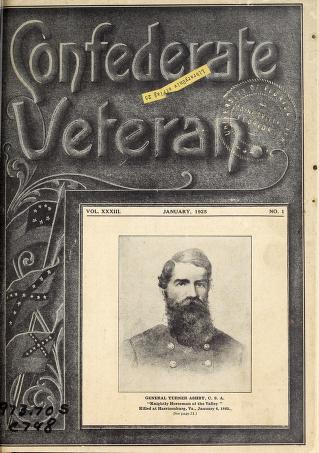Sherman's March to Sea: Women's Reminisces and Action
The Women of Sherman's March:
The role of women is essential to understanding the Lost Cause narrative, especially in the Confederate Veteran. Following General William T. Sherman and the Union Army's March to Sea in a scorched-earth tactic to end the war, women of the looted towns helped shape Southern memory of the event. Reflected in the following articles describing the effects of Sherman's March, focusing on the memory of Sherman's March through its impact on women creates a narrative that poses the South as resilient victims and villainizes the North.
"That Bastard Rag"
Confederate Veteran v.26 (1918)
A woman accounts for what happened when she tried to reach out to a Union soldier for aid after their town was damaged in a scorched-earth tactic. It fuels the Lost Cause narrative by emphasizing the "heartless" behavior of Union troops in contrast with Southern women's "selfless" determination.
"One Woman in the Great War"
Confederate Veteran v.23 (1915)
This article presents a tale of a young woman as she flees Sherman's Army and ventures into the countryside to find her cousin and eventually her father in South Carolina. She describes her encounters with Union troops and the chaos of war.
"A Southern Woman's Bravery"
Confederate Veteran v.33 (1925)
Vicksburg to Brandon, Mississippi, A Confederate veteran recalls how a brave woman—assisted by a Union captain from Wisconsin—save her family’s treasures from Yankee plunderers.
Questions to Consider:
Overall, how is Sherman's March to the Sea being remembered?
Given the historical context, is gender an important element for these narratives? Why?
How are Union troops described compared to Confederate?
Analyze how these narratives perpetuate the Lost Cause narrative of an ennobled and valiant yet victimized Confederate population?



